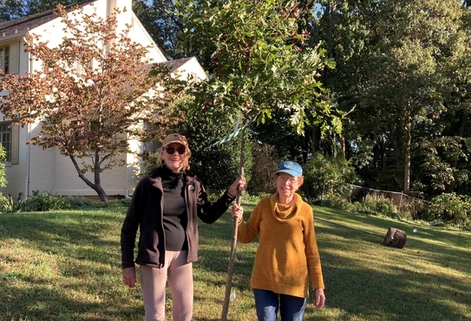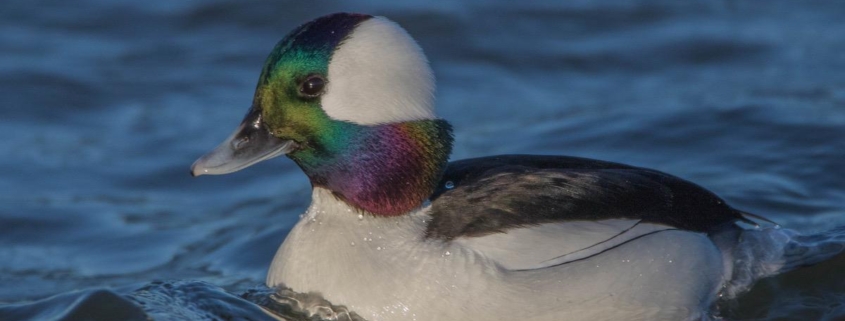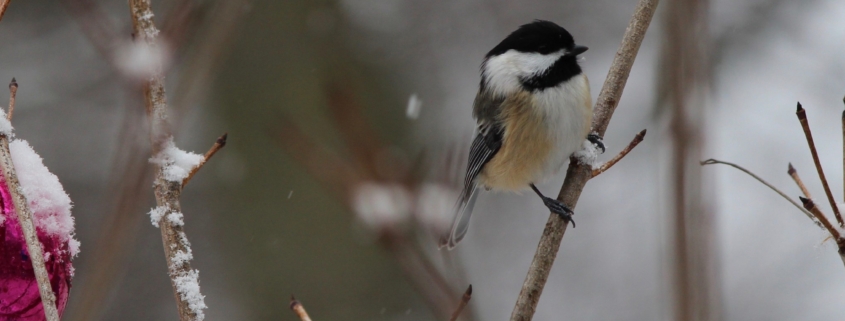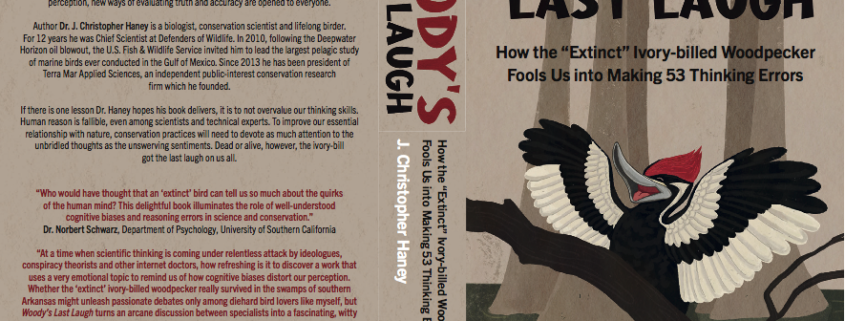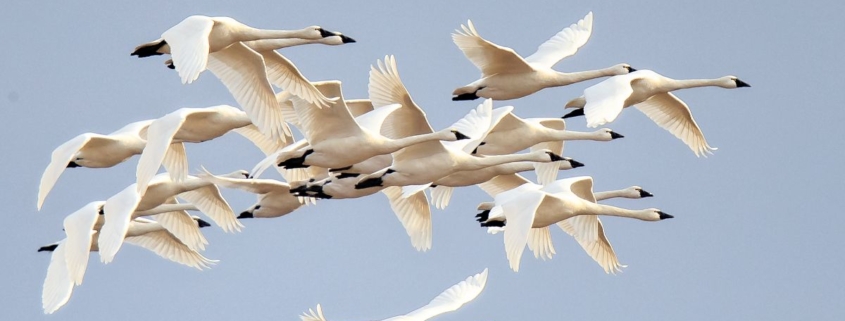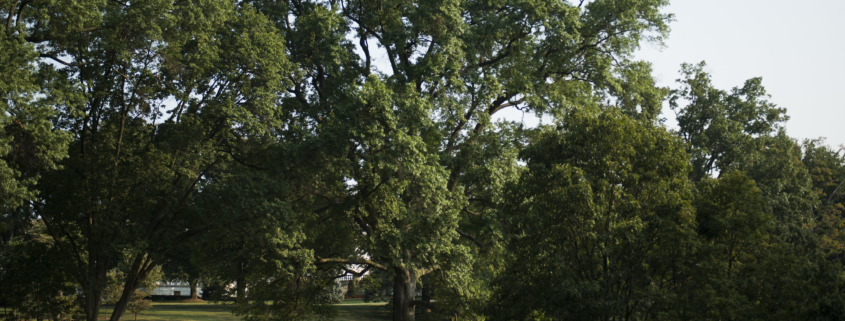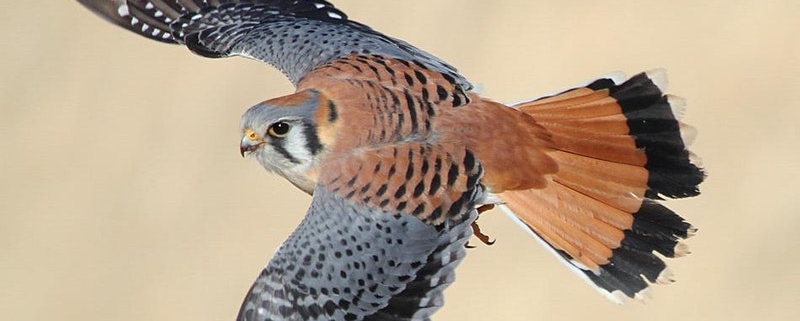Alexandria Neighbors Bring Trees to Their Community
Photo: Plant NOVA Natives
Trees plant themselves and replace themselves – except in our lawns. Many Northern Virginia neighborhoods that are graced by magnificent mature trees are now slowly losing their canopy as those trees die from old age or disease (or are cut down while still healthy by humans.) Each lost tree means higher temperatures and air conditioning costs on that property, more stormwater runoff, and in the case of native trees, the loss of a home and food supply to thousands of our smallest neighbors including caterpillars and songbirds.
City of Alexandria residents Lynn Gas and Jane Seward were bemoaning the fact that their neighborhood of over 30 years was so much hotter than it used to be due to the loss of tree canopy. They decided to do something about it and started the Canopy Tree Restoration Campaign. After educating themselves about trees, they talked to their neighbors and got each to sign up to have a tree installed at a deep discount. They helped each homeowner select and mark the site. They then contracted with a landscape company to install all the trees on the same day. Each of the selected tree species was indigenous to the area and thus able to contribute to the local ecosystem. They planted 140 trees that first year.
The campaign has been a labor of love for Lynn and Jane, who have learned a lot in the process. Since the project began in 2017, they have planted around 280 trees. They often send out emails to remind people to water, since landscaper-sized trees must be watered regularly until they get established, a process that takes two or three years. They have used different nurseries and landscapers, trying to find the best trees at the best prices. It took a while to understand how nurseries work and to identify landscapers that know how to properly plant trees and are willing to give a good price. It is important when planting in many different yards to organize the planting so that landscapers can plant fast without losing time on logistics. They need to make money, so Lynn and Jane think of their coordination efforts as facilitating their work.
Lynn and Jane do not describe their initiative as selling trees. Rather, they ask people to participate in the neighborhood reforestation campaign, using phrases such as “A tree in your yard benefits all of us.” They also have received generous donations which allow them to donate trees to churches, playgrounds and schools as well as to neighbors lacking funds. When they donate a tree to someone, they thank them for participating in the campaign.
This Alexandria neighborhood campaign represents one model for how to organize a local tree drive. Other neighborhoods have come up with their own plans. Neighborhoods across Northern Virginia are starting to think about how they can participate in the five year Plant NOVA Trees campaign. Some may want to emulate the professional installation approach. Others might prefer to plant smaller specimens, which are less expensive (sometimes even free) and require less watering, though they need careful protection from lawn mowers and deer and will need some simple pruning to direct their growth after a couple years.
The first step will be for residents to take the initiative to create a project for their own neighborhood. It helps to plan well in advance of a spring or fall planting, because it may take time to source the trees as well as to create enthusiasm in the community and work out a plan for watering and maintenance. Tips on how to organize can be found on the Plant NOVA Trees website. Plant NOVA Trees is the collective effort of thousands of individuals across the region pitching in to get thousands of trees into the ground.


